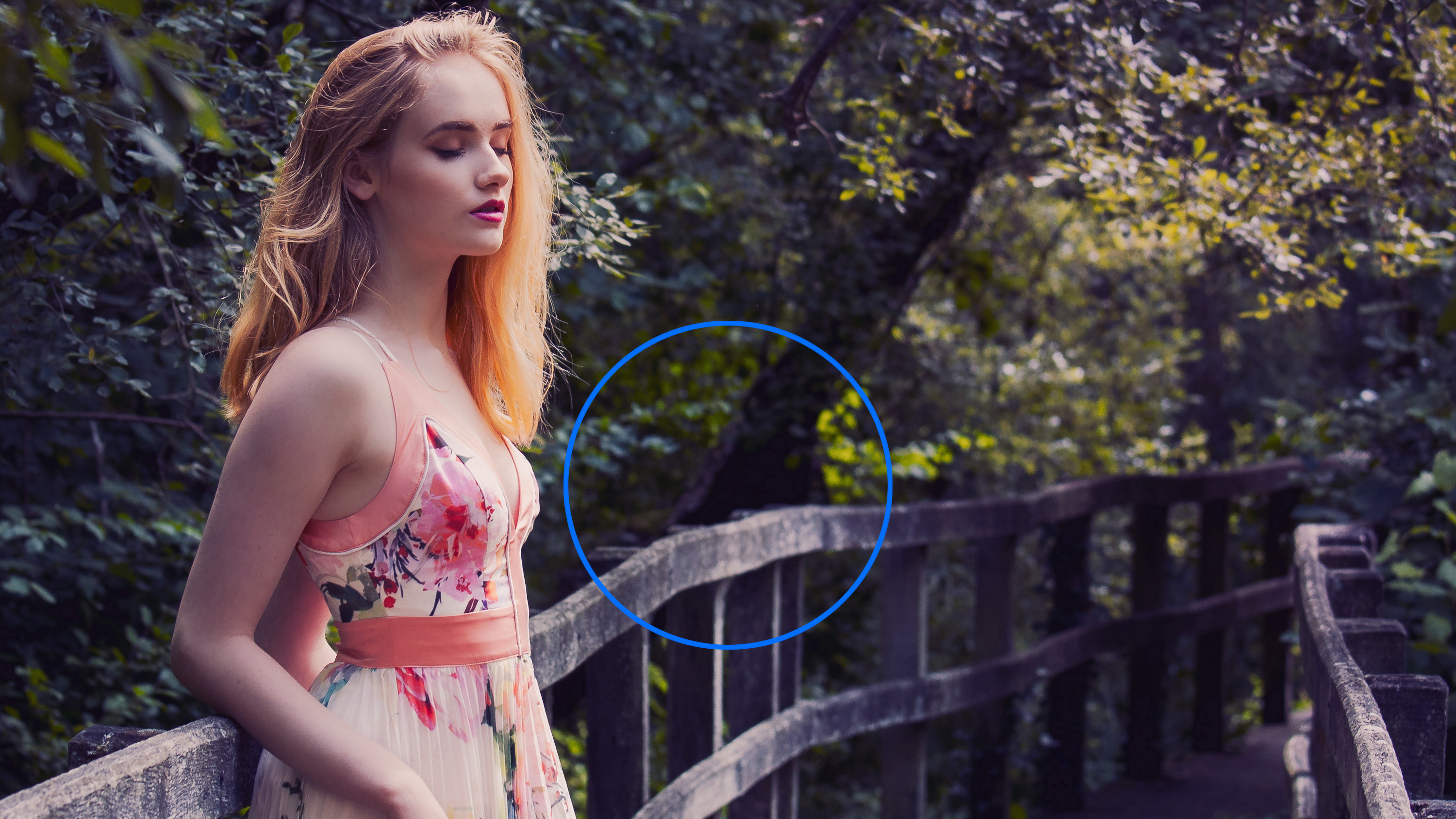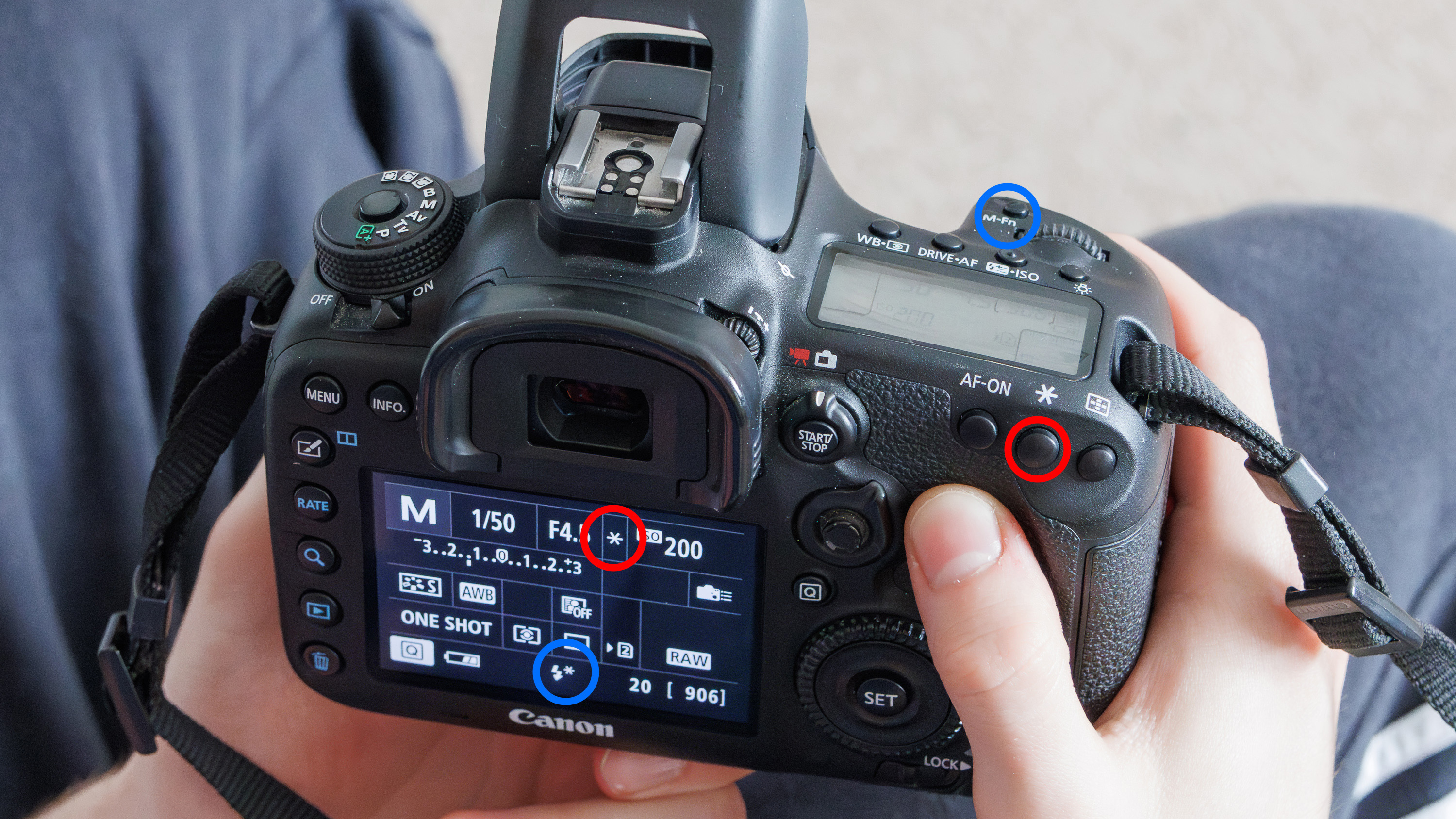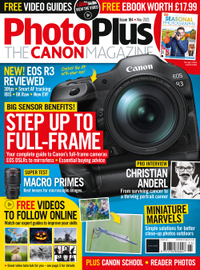Get it locked down! We explain your camera's exposure lock modes in detail
What kinds of exposure lock are available on your Canon camera, and when is the right time to use it?

Exposure lock is a term that applies to different kinds of exposure and how long you might want the exposure to be locked. EOS cameras have two independent metering systems, one for ambient light (AE-lock) and another for a camera-controlled Speedlite (FE-Lock). Some cameras combine the lock of both flash and ambient, while others feature individual lock buttons for flash and ambient.
If you’re using One-Shot AF, you can unwittingly lock the exposure; when focus is achieved in this mode, cameras automatically lock the exposure with Evaluative metering. This makes sense as Evaluative is using info from the focus system to determine the position of the subject, and recomposing might change the brightness of the scene by including more brighter or darker areas – but not change the exposure on the original subject.
Use Spot, Partial or Center-Weighted metering and the automatic exposure lock doesn’t happen, since metering is at the center of the frame only. When you take a shot and lift off the shutter button, the locked exposure is cleared, but by keeping the shutter half-pressed the lock is retained.

Brian is a freelance photographer and photo tutor, based in Oxfordshire. He has unrivaled EOS DSLR knowledge, after working for Canon for over 15 years, and is on hand to answer all the EOS and photographic queries in Canon-centric magazine PhotoPlus.
On the cameras the "star" button is the standard exposure AE-lock button. Pressing the button and then releasing keeps the exposure locked for six seconds.
If a Speedlite is used then the star button becomes a flash exposure lock, not an ambient exposure lock. Flash exposure lock is independent of ambient exposure lock and the flash exposure lock button fires the pre-flash. E-TTL evaluates flash exposure using a flash spot meter at the center of the frame. You may need to use exposure lock more when using Spot, Partial or Center-Weighted metering.
Some advanced cameras can have a customized button configuration that changes AE-lock to AE-lock with hold. This locks the exposure, but the lock is retained until the camera switches off or the lock button is pressed again.
If you reconfigure the star button as AE-lock with hold, it will only lock ambient exposure even with a Speedlite. But if you also configure a flash exposure lock (FEL) button and use it, then the flash exposure will also be locked and held.

PhotoPlus: The Canon Magazine is the world's only monthly newsstand title that's 100% devoted to Canon, so you can be sure the magazine is completely relevant to your system. Every issue comes with downloadable video tutorials too.
If this article was of interest you might also like to find out more about the best Canon cameras, along with the best Canon DSLR lenses or best Canon RF lenses for mirrorless bodies.
Get the Digital Camera World Newsletter
The best camera deals, reviews, product advice, and unmissable photography news, direct to your inbox!
Brian is a freelance photographer and photo tutor, based in Oxfordshire. He has unrivaled EOS DSLR knowledge, after working for Canon for over 15 years, and is on hand to answer all the EOS and photographic queries in Canon-centric magazine PhotoPlus.


